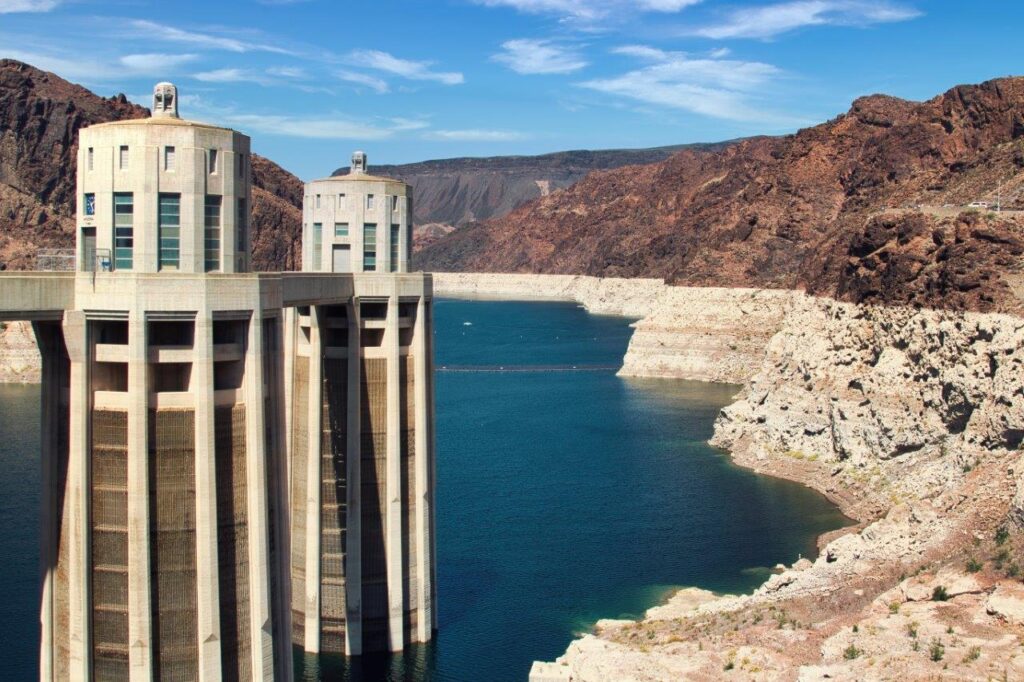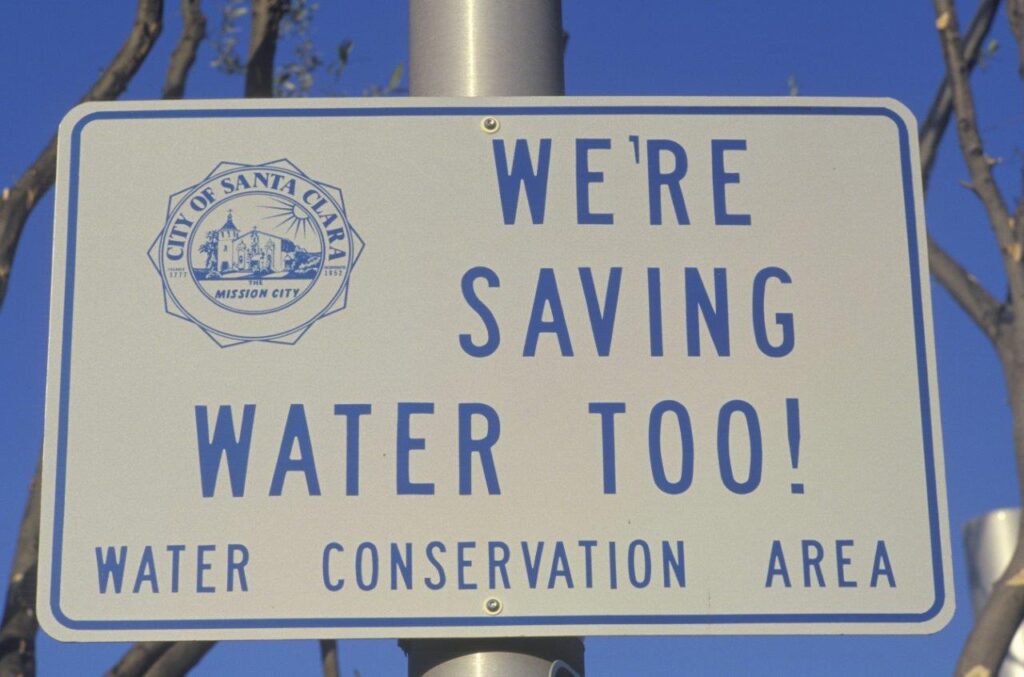Conserving one of our most essential resources

Being efficient with the water we use and avoiding polluting water courses is critical for a sustainable built environment. Water is so common in our daily lives that we take it for granted. Turn on the tap and there it is – clean, abundant and permanently available.
However, the water we consume and the wastewater we create has significant environmental impact. The availability of water to meet all the demands from industry, business and households, let alone what nature needs to keep it afloat, often means we get close to going short.

Add to this the infrastructure, energy and materials required to make our water drinkable, and to clean our wastewater before returning it to nature, and you soon realize that there is a lot invested in each and every drop. Knowing this can inspire us to be more efficient and sparing with the water we use. Using collected rainwater for dust suppression instead of tap water is one great example of lateral thinking and saving resources.
In some regions of the US and elsewhere round the world, water is often a critically scarce resource – through climatic conditions, but also through excessive demand from industry and agriculture, or mismanagement leading to poor, leaky or non-existent infrastructure. As responsible customers we must not only consider our direct water use, but also the water footprint within our supply chains – wherever they may be.
Water - Sustainability Short

The manufacturing processes to make the goods we buy, and use can also require significant quantities of water. We can apply the principle of embodied water just as we would for embodied carbon. A typical example is importing fruit and vegetables from water scarce countries. Water is contained within them and vastly more water is used to grow them. Construction goods and other products required across the entire built environment can also require significant amounts of water for their manufacture and use.
Responsible clients, developers, contractors and facilities managers are now measuring and reporting on the usage of potable water use on sites and also calculating the water footprint within their supply chains.
Water
Introduction to Water
E-learning module
Nature
Introduction to Biodiversity
E-learning module
Water
Water – Sustainability Short
Video
Nature
Biodiversity – Sustainability Short
Video


 60 minutes
60 minutes